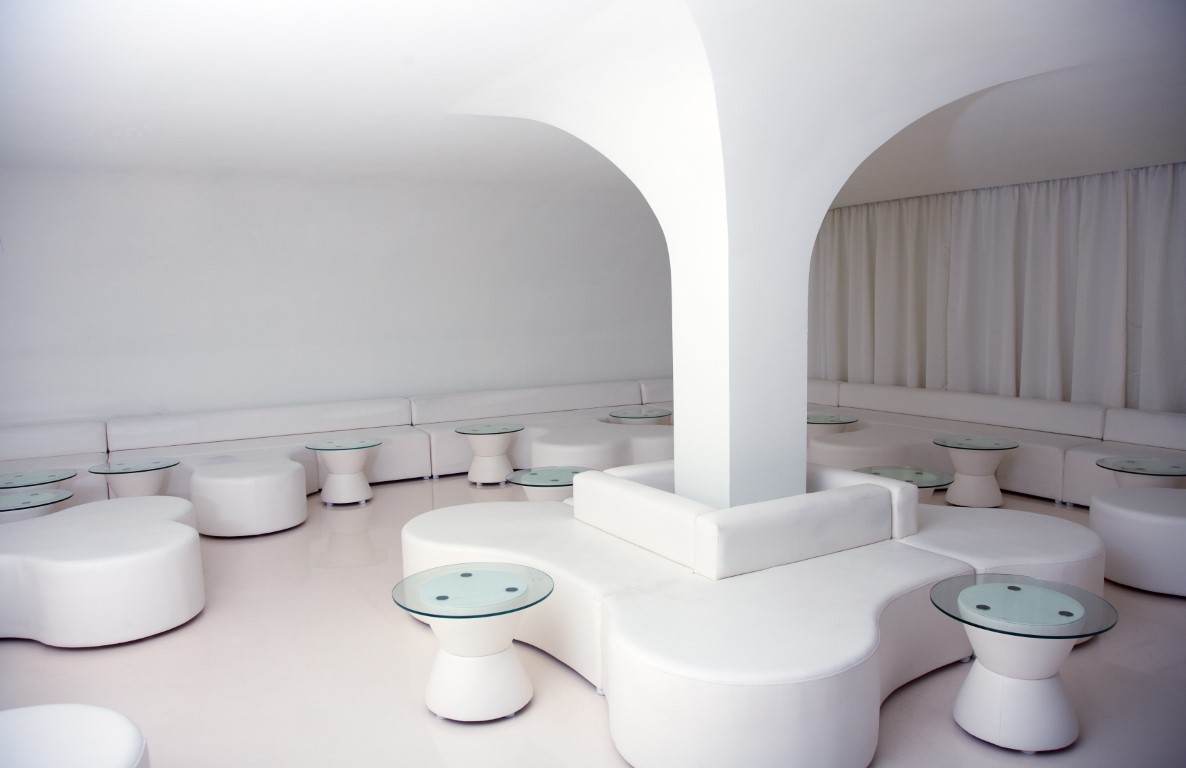How to Choose the Best Seating for Your Restaurant
Importance of Restaurant Seating
Restaurant seating plays a vital role in creating a memorable dining experience, and its importance cannot be understated. The arrangement and design of seating areas significantly impact the overall ambiance, comfort, and functionality of a restaurant. By carefully considering and optimizing seating arrangements, restaurant owners and managers can enhance various aspects that contribute to customer satisfaction and business success.
First and foremost, seating directly influences the overall atmosphere and mood of a restaurant. The choice of seating styles, such as booths, tables, or a combination thereof, sets the tone for the dining space. Comfortable seating encourages patrons to relax, socialize, and enjoy their meals, while aesthetically pleasing designs contribute to a visually appealing and inviting ambiance. The right seating arrangements can create an atmosphere that aligns with the restaurant's concept or theme, whether it's a cozy cafe, a sophisticated fine-dining establishment, or a lively family-friendly eatery.
Beyond aesthetics, restaurant seating also affects the overall functionality and efficiency of the dining experience. Well-designed seating layouts should allow for smooth traffic flow, ensuring that staff can navigate easily and serve customers efficiently. Adequate spacing between tables and chairs is crucial for maintaining privacy and avoiding overcrowding. The arrangement should strike a balance between maximizing occupancy and providing sufficient personal space to foster comfortable conversations and dining experiences.
Furthermore, the selection of seating options caters to different customer preferences and needs. Restaurants often accommodate various groups, including individuals, couples, families, and larger parties. Offering a range of seating options, such as cozy booths for intimate dining, larger tables for group gatherings, or counter seating for solo diners, ensures that customers can find an arrangement that suits their specific requirements. This versatility not only enhances customer satisfaction but also contributes to maximizing the restaurant's revenue potential by accommodating different party sizes and preferences.
Additionally, the strategic placement of seating can also influence customer behavior and overall revenue generation. For example, positioning tables near windows with scenic views can enhance the dining experience and attract more customers. Seating arrangements can also be designed to encourage social interactions or create cozy nooks for intimate conversations, depending on the restaurant's goals and target clientele.
In summary, restaurant seating holds significant importance in creating a positive dining experience. It impacts the overall ambiance, functionality, and customer satisfaction. A well-thought-out seating arrangement not only contributes to a visually appealing atmosphere but also ensures comfort, efficient service, and versatility in accommodating diverse customer preferences. By recognizing the importance of restaurant seating and carefully designing the layout, restaurateurs can enhance the overall dining experience and cultivate a loyal customer base.
Overview of Different Restaurant Seating Types
Restaurants offer a variety of seating options to cater to different customer preferences and enhance the overall dining experience. Here is an overview of some common types of restaurant seating options and the benefits they provide:
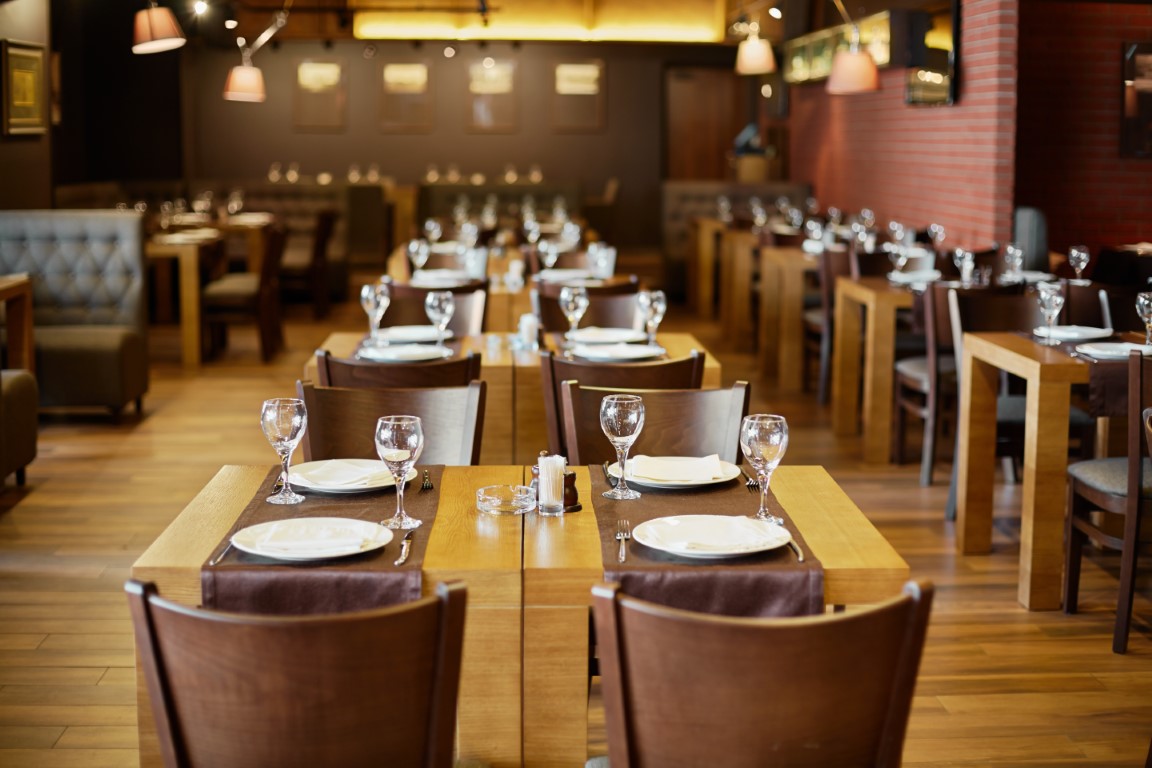
Restaurant Tables and Chairs:
-
- Traditional and versatile seating option found in most restaurants.
- Allows flexibility in accommodating different party sizes.
- Provides a standard dining experience suitable for various types of cuisine.
- Can be arranged to optimize space and facilitate efficient service.
Restaurant Booths:
-
- Semi-enclosed seating with fixed or upholstered benches and a table.
- Offers privacy and a sense of seclusion, ideal for intimate dining.
- Provides comfortable seating for extended periods, encouraging customers to linger.
- Can create a cozy and inviting atmosphere, enhancing the overall ambiance.
Restaurant Bar and Counter Seating:
-
- Features seats positioned along a bar or counter.
- Offers a more casual and social dining experience.
- Suitable for solo diners or those seeking a quick bite or drink.
- Allows customers to interact with bartenders or watch food preparation.
Restaurant Banquette Seating:
-
- Upholstered benches placed against a wall with a table in front.
- Maximizes seating capacity while minimizing floor space usage.
- Offers a comfortable and luxurious dining experience.
- Creates a visually appealing and stylish seating arrangement.
Outdoor Restaurant Seating:
-
- Includes patio, terrace, or sidewalk seating.
- Provides customers the opportunity to dine al fresco.
- Offers a relaxed and enjoyable atmosphere, especially in pleasant weather.
- Attracts passersby and expands the restaurant's visibility.
Lounge or Soft Seating:
-
- Features plush sofas, armchairs, or upholstered seating.
- Creates a more casual and comfortable environment.
- Suitable for lounges, waiting areas, or relaxed dining experiences.
- Appeals to customers looking for a cozy and leisurely atmosphere.
Private Dining Rooms:
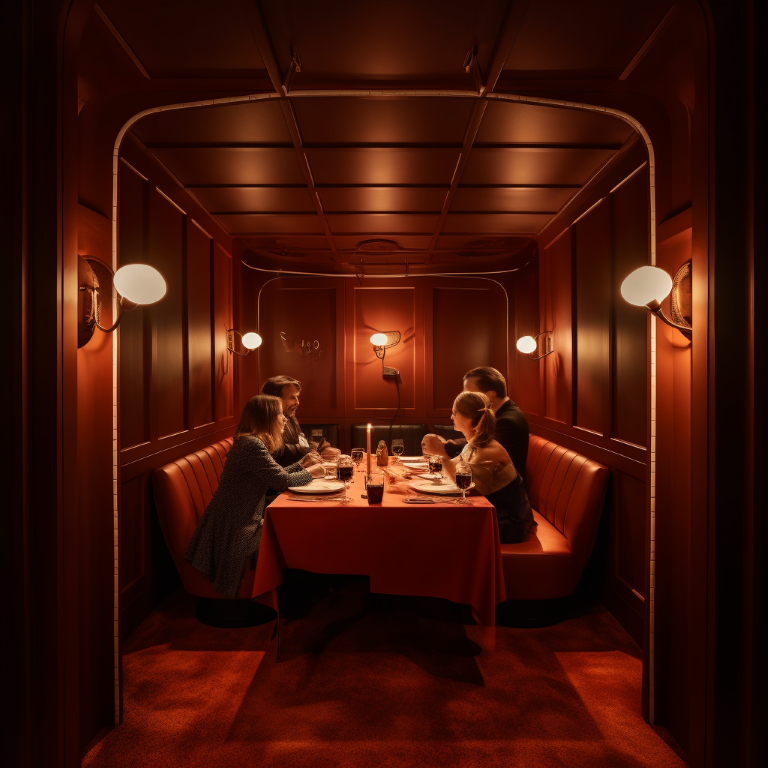
-
- Separate, enclosed spaces for exclusive dining experiences.
- Ideal for private parties, celebrations, or business gatherings.
- Provides an intimate and exclusive ambiance.
- Allows for personalized service and customized menus.
Each seating option offers unique benefits, catering to different customer preferences, dining occasions, and restaurant concepts. By carefully selecting and incorporating a variety of seating options, restaurants can create a diverse and accommodating dining environment that enhances customer satisfaction, maximizes space utilization, and aligns with their specific brand image and concept.
Design and Layout

Here are some tips on how to optimize restaurant seating for customer comfort, traffic flow, and space utilization:
- Assess the available space: Begin by evaluating the dimensions and layout of your restaurant space. Consider the overall capacity, entrance and exit points, and any architectural features that may impact seating arrangements.
- Prioritize customer comfort: Choose seating options that prioritize comfort. Invest in quality chairs, cushions, and supportive seating surfaces. Ensure adequate space between tables to provide customers with enough room for comfortable dining and ease of movement.
- Optimize traffic flow: Design the seating layout to facilitate smooth traffic flow for both customers and staff. Avoid placing tables in narrow pathways or congested areas. Create clear pathways for servers to move between tables and the kitchen, ensuring efficient service.
- Consider different seating needs: Provide a variety of seating options to accommodate different customer preferences and party sizes. Include options like tables and chairs, booths, bar seating, and outdoor seating. This versatility allows customers to choose what suits their needs and enhances their dining experience.
- Maximize space utilization: Aim to strike a balance between maximizing the number of seats and providing sufficient personal space for customers. Avoid overcrowding by ensuring adequate space between tables and chairs. Use creative seating arrangements, such as banquettes or booth seating, to maximize capacity while minimizing floor space usage.
- Account for accessibility: Ensure that your seating layout complies with accessibility guidelines. Provide wheelchair-accessible tables and consider the needs of customers with mobility challenges or strollers. Make sure there is enough space for individuals to move comfortably throughout the restaurant.
- Consider noise levels: Factor in acoustics when arranging seating. Position tables in a way that minimizes noise reverberation and creates a comfortable sound environment. Incorporate sound-absorbing materials or decorative elements to help control noise levels.
- Incorporate privacy options: Offer a mix of seating arrangements that provide varying degrees of privacy. Include booth seating or partitioned areas for customers seeking more intimate dining experiences. This allows for a diverse range of customer preferences and enhances their overall satisfaction.
- Test and adjust: Regularly evaluate and adjust your seating layout based on customer feedback and observation. Monitor seating preferences, traffic patterns, and customer comfort levels. Be willing to make changes to optimize the seating arrangement and improve the overall dining experience.
By following these tips and customizing your seating layout to suit your specific restaurant space and target audience, you can optimize customer comfort, traffic flow, and space utilization, ultimately enhancing the overall dining experience and driving customer satisfaction.
Examples of successful restaurant seating arrangements
Here are a few examples of successful restaurant seating arrangements:
- Open Floor Plan with Flexible Seating:
-
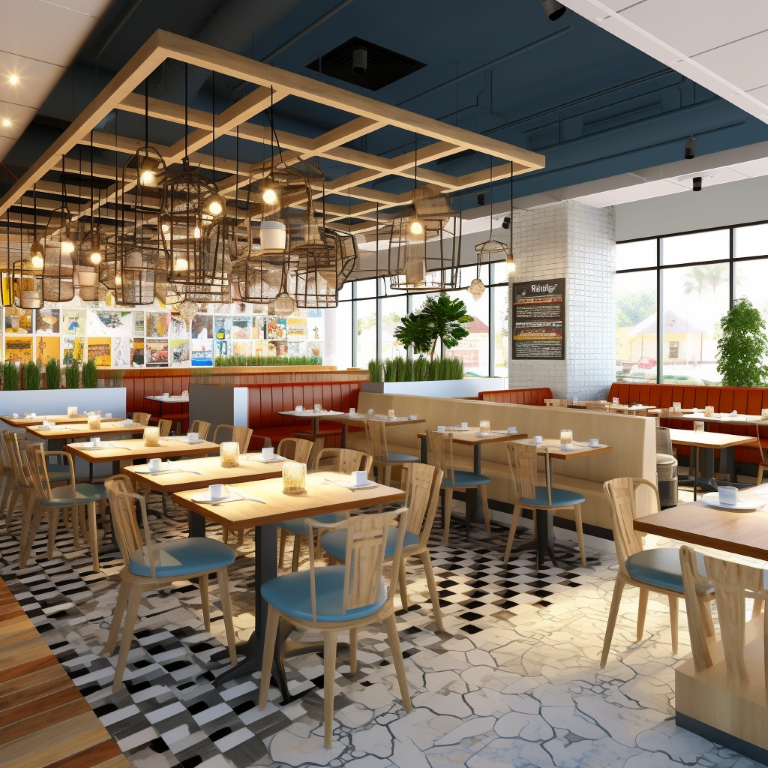
- This layout features an open floor plan with a combination of tables, booths, and bar seating.
- It allows for flexibility in accommodating different party sizes and preferences.
- The open space creates a vibrant and social atmosphere, appealing to a wide range of customers.
- Example: A modern bistro or casual dining restaurant.
-
- Intimate Booths and Private Dining Rooms:
-
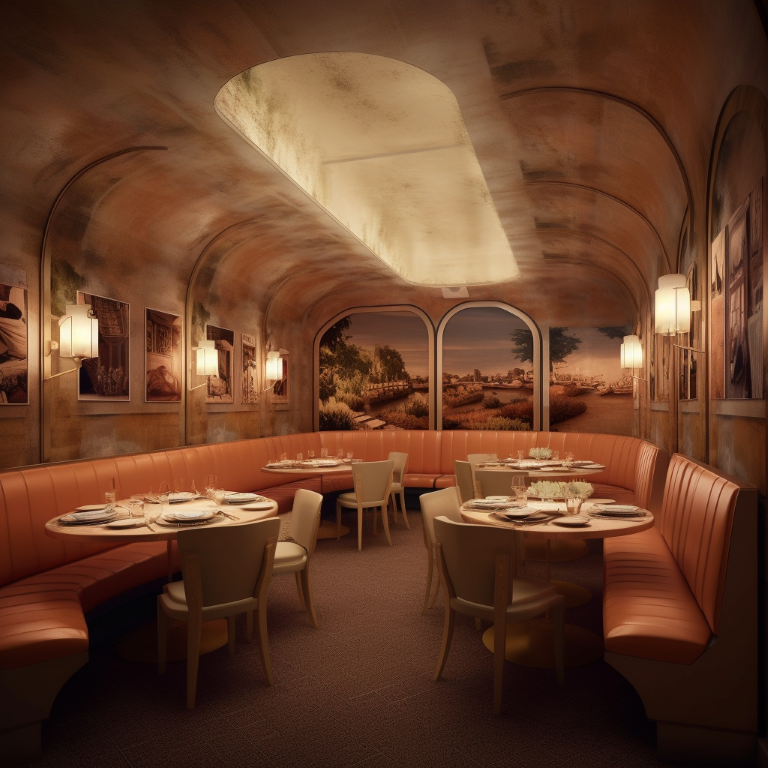
- This arrangement includes a mix of intimate booths and private dining rooms.
- The booths offer privacy and a cozy atmosphere for couples or small groups.
- Private dining rooms cater to exclusive gatherings and special occasions.
- Example: A high-end steakhouse or upscale restaurant.
-
- Outdoor Patio with a View:
-

- This seating arrangement extends the dining experience to an outdoor patio or terrace.
- It offers customers the opportunity to enjoy their meals in a relaxed and scenic setting.
- Comfortable outdoor seating, with umbrellas or shading, provides a comfortable dining environment.
- Example: A waterfront restaurant or a café with outdoor seating.
-
- Counter Seating with an Open Kitchen:
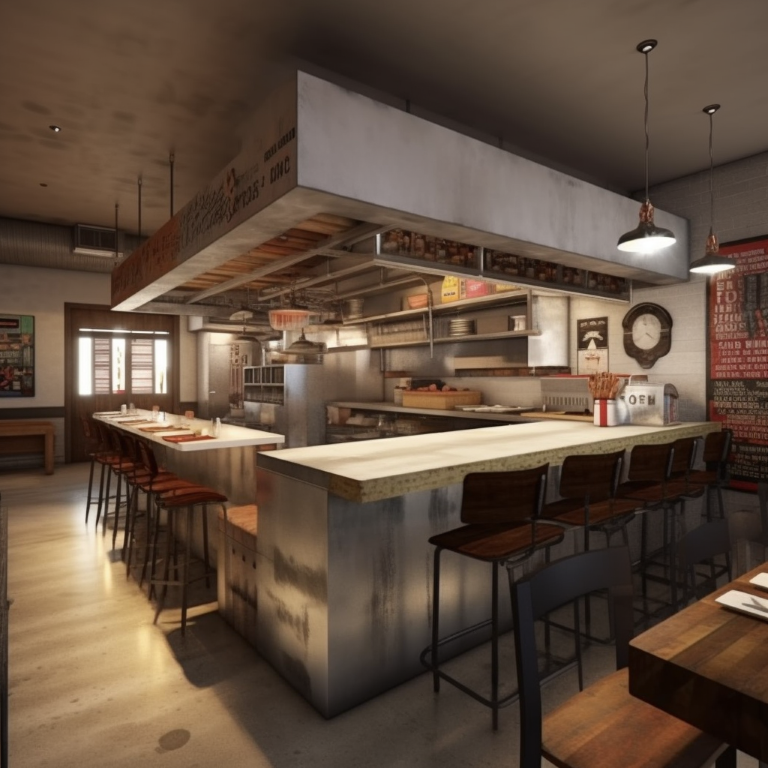
- This layout features counter seating facing an open kitchen.
- Customers can observe the culinary action and interact with the chefs.
- It creates a dynamic and engaging dining experience.
- Example: A trendy sushi bar or a modern fusion restaurant.
- Lounge-style Seating with a Bar:
-
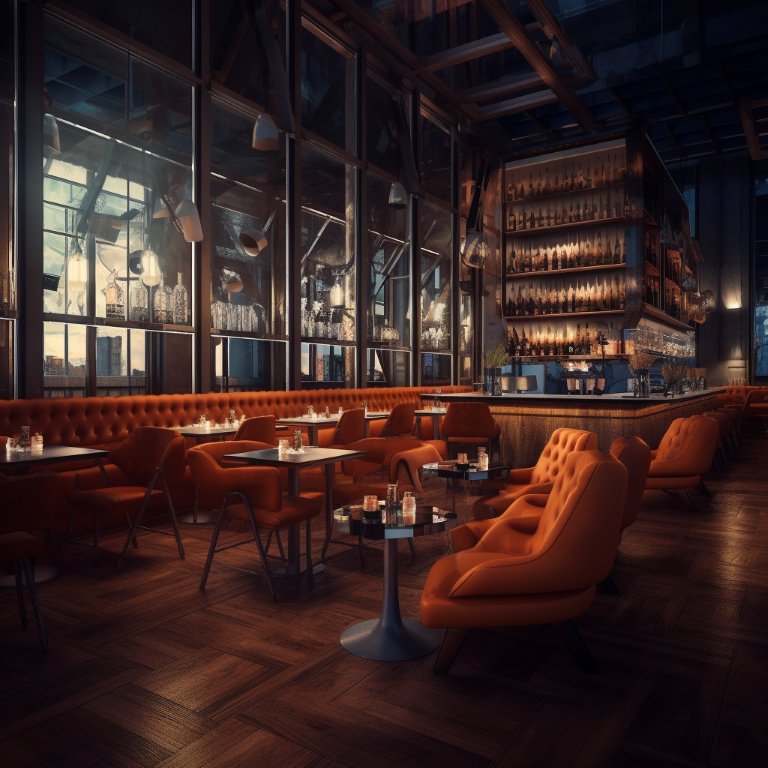
- This arrangement includes plush sofas, armchairs, and coffee tables.
- It provides a relaxed and comfortable seating option for customers.
- The presence of a bar allows for socializing and enjoying drinks in a casual setting.
- Example: A trendy lounge or a café with a relaxed atmosphere.
-
- Family-Friendly Layout with Booths and Spacious Tables:
-
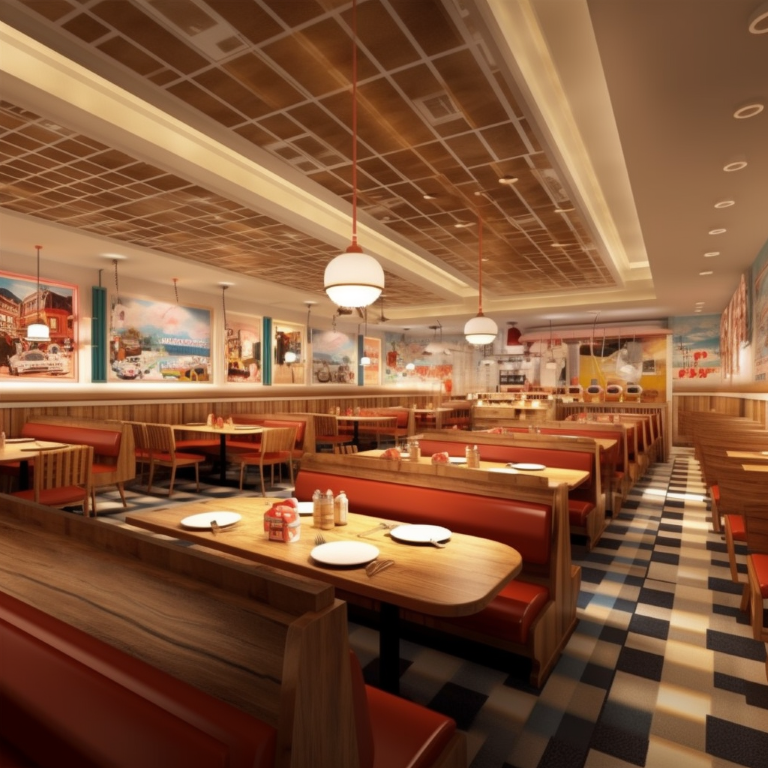
- This seating arrangement focuses on accommodating families and larger groups.
- It includes spacious tables and booths to comfortably accommodate multiple guests.
- The layout provides a kid-friendly atmosphere with ample space for strollers or highchairs.
- Example: A family restaurant or a casual dining establishment.
-
Remember, the success of a seating arrangement depends on various factors, such as the restaurant concept, target audience, available space, and the overall dining experience you aim to provide. It's important to tailor the seating layout to suit your specific restaurant and customer needs.
Conclusion:
In conclusion, the importance of restaurant seating cannot be overstated when it comes to creating a memorable dining experience. The arrangement and design of seating areas have a significant impact on the overall ambiance, comfort, and functionality of a restaurant. By carefully considering and optimizing seating arrangements, restaurant owners and managers can enhance various aspects that contribute to customer satisfaction and business success.
The main points discussed include the following:
1. Seating directly influences the overall atmosphere and mood of a restaurant. The choice of seating styles sets the tone for the dining space and contributes to a visually appealing and inviting ambiance.
2. Restaurant seating affects the overall functionality and efficiency of the dining experience. Well-designed seating layouts should allow for smooth traffic flow, maintaining privacy, and striking a balance between maximizing occupancy and providing personal space.
3. The selection of seating options caters to different customer preferences and needs. Offering a range of seating options ensures that customers can find an arrangement that suits their specific requirements, enhancing customer satisfaction and maximizing revenue potential.
4. The strategic placement of seating can influence customer behavior and overall revenue generation. Seating arrangements can be designed to enhance the dining experience, attract more customers, encourage social interactions, or create cozy nooks for intimate conversations.
5. Tips were provided on optimizing restaurant seating, such as prioritizing customer comfort, optimizing traffic flow, considering different seating needs, maximizing space utilization, accounting for accessibility, managing noise levels, incorporating privacy options, and regularly evaluating and adjusting the seating layout based on feedback.
Remember, the success of a seating arrangement depends on various factors, so it's essential to tailor the seating layout to suit the specific restaurant and customer needs. By doing so, you can create a diverse and accommodating dining environment that enhances customer satisfaction, maximizes space utilization, and aligns with your brand image and concept.





